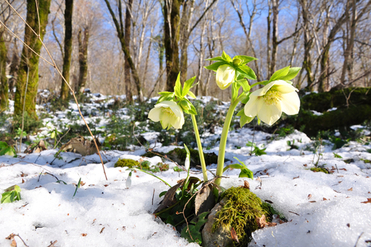
Picture this: You eat a plate of macaroni and cheese, followed by a macaron cookie, all the while listening to music with a macaronic text and wearing the costume of a macaroni. Have I finally gone completely over the edge, and what on earth does all this have to do with the Christmas carol “In Dulci Jubilo”?
Well, I’ll tell you. No, I haven’t lost it, because all of these macaronical words are related and come, at least indirectly, from the Sicilian word maccarruni, which refers to foods made from some type of paste, either flour based or almond based. (The word “pasta” in and of itself simply means “paste.”) There’s a long, long trail a-windin’ here, with Arabic influences in Sicily resulting in the melding of many North African foods with Italian ones. Here’s a summary from an excellent article in Slate:
The pasta and the almond-pastry traditions merged in Sicily, resulting in foods with characteristics of both. Early pastas were often sweet, and could be fried or baked as well as boiled. Many recipes from this period exist in both a savory cheese version and a sweet almond-paste version that was suitable for Lent, when neither meat nor cheese could be eaten. . . . Out of this culinary morass arises, circa 1279, the word maccarruni, the Sicilian ancestor of our modern words macaroni, macaroon, and macaroni.1






 Well, I guess we have to take the composer at his word, since he starts out like this:
Well, I guess we have to take the composer at his word, since he starts out like this:

